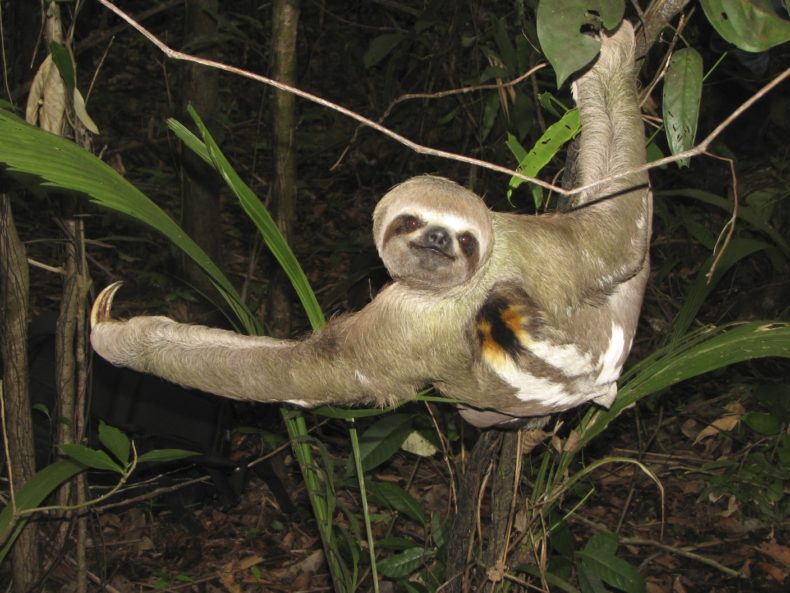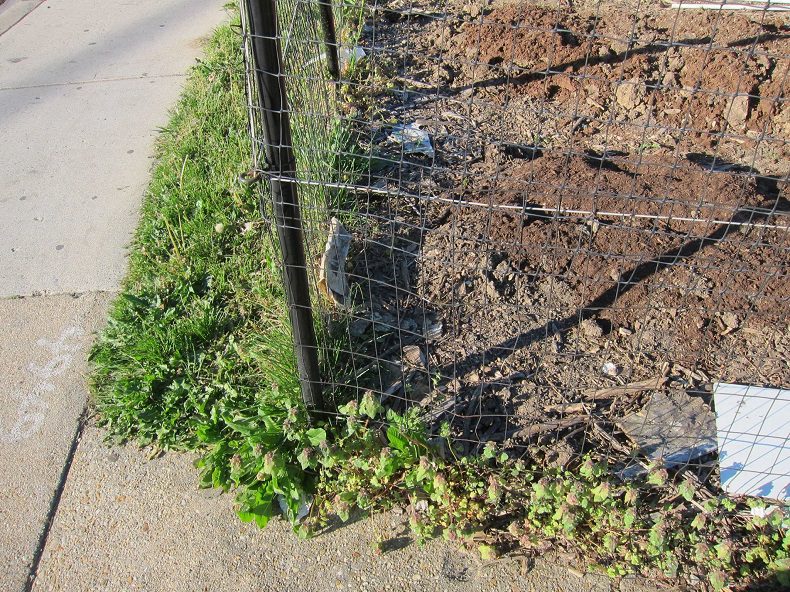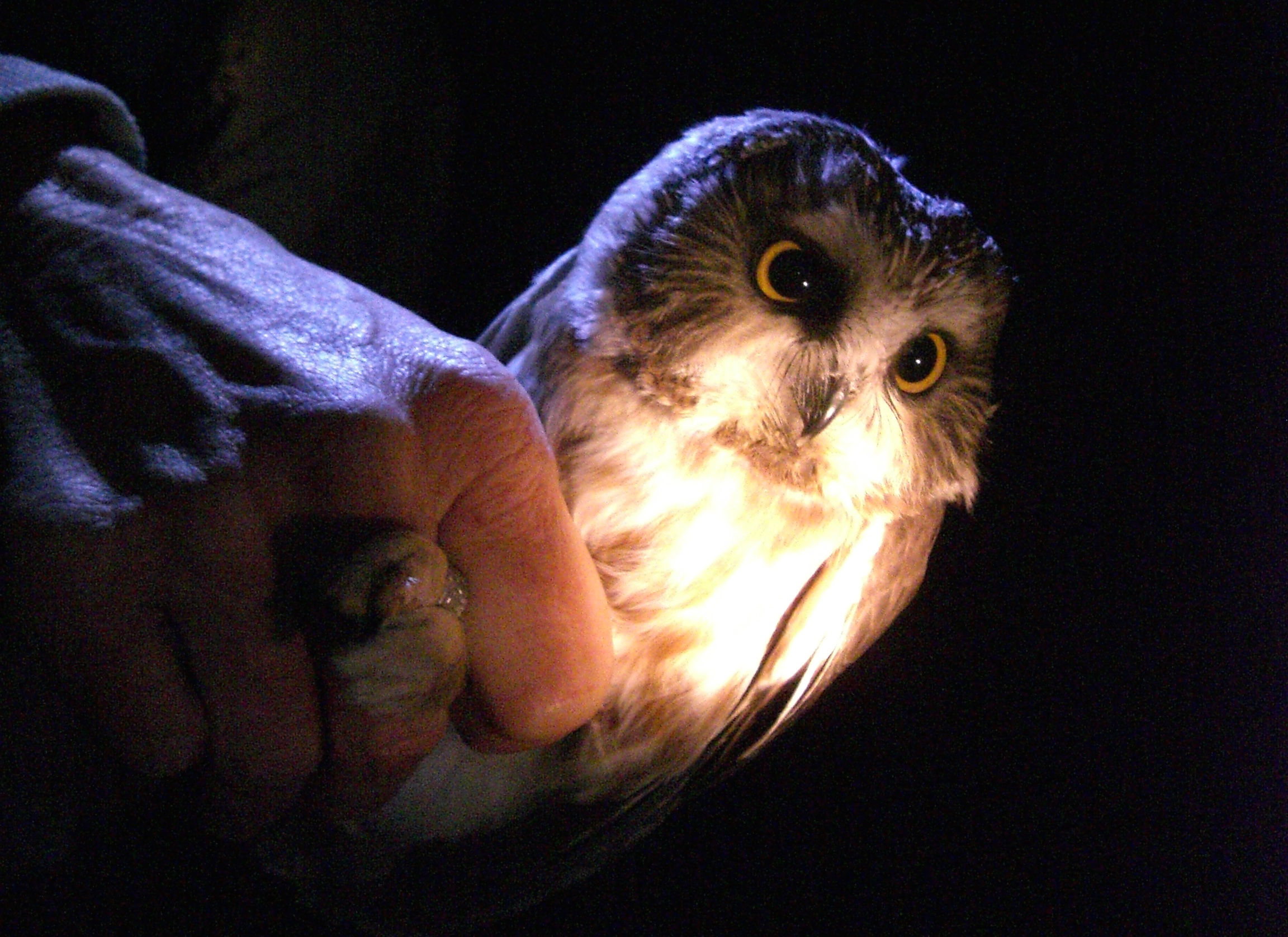This is the first post in LWON‘s 4,729th annual Snark Week, a tribute to the Discovery Channel’s Shark Week, filled with what we hope is an equal amount of truthfulness, credibility, and creativity. If you happen to notice we’ve written about sloths before, you may consider the following a timely and urgent update — less a blog post than a tornado warning.
 The National Safety Office (NSO) is issuing a Code 2 advisory covering all species of sloths (class Mammalia, order Pliosa, families Megalonychidae and Bradypodidae). This alert level indicates that the animals pose a significant risk of injury, illness, and death for travelers, forest workers, and other individuals who may come into contact with them.
The National Safety Office (NSO) is issuing a Code 2 advisory covering all species of sloths (class Mammalia, order Pliosa, families Megalonychidae and Bradypodidae). This alert level indicates that the animals pose a significant risk of injury, illness, and death for travelers, forest workers, and other individuals who may come into contact with them.
Sloths are arboreal herbivores that inhabit parts of Central and South America. Their benign, almost friendly appearance belies their ferocious nature and encourages foolhardy behavior, such as attempts to pet or cuddle these dangerous animals. At the very least, touching a sloth exposes the individual to the large number of bacteria and fungi that inhabit its fur, including potential pathogens. Because a sloth’s pelt is often coated with algae and provides a home to numerous ticks, mites, and other arthropods, contact with it has been reported to trigger nausea, vomiting, and expressions of disgust. Immediate hand washing may reduce the odds of developing these symptoms, but to prevent contamination the NSO advises individuals who have handled a sloth to promptly immerse themselves in surgical disinfectant. Continue reading →
 Back in April, somebody at the community garden got ambitious.
Back in April, somebody at the community garden got ambitious.


 Guys, this isn’t easy for me—please know that I’m quite conflicted over what I’m about to write. It goes against a big part of who I am. But judge me as you will. After years of hiding behind a gentle loves-all-animals exterior, it’s time for me to expose this personal inner truth.
Guys, this isn’t easy for me—please know that I’m quite conflicted over what I’m about to write. It goes against a big part of who I am. But judge me as you will. After years of hiding behind a gentle loves-all-animals exterior, it’s time for me to expose this personal inner truth.

